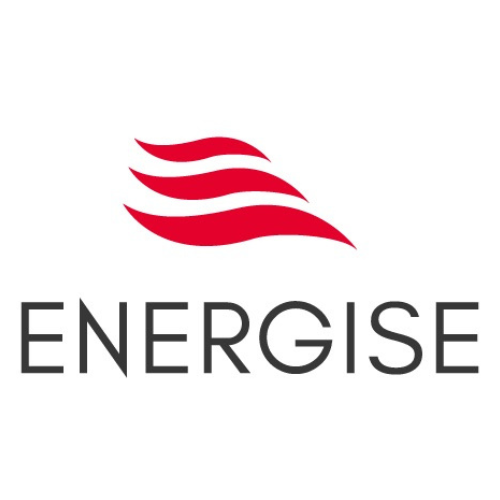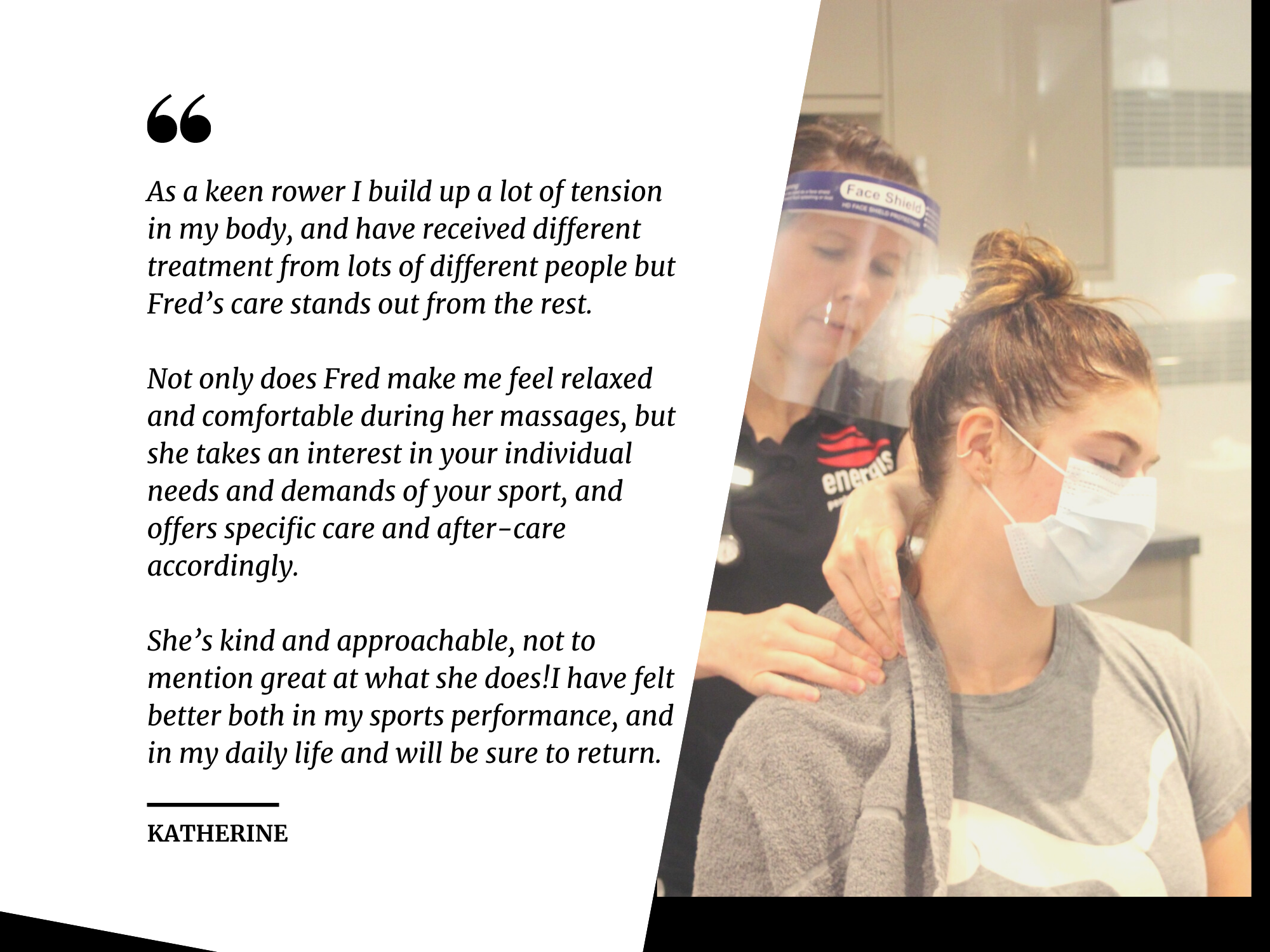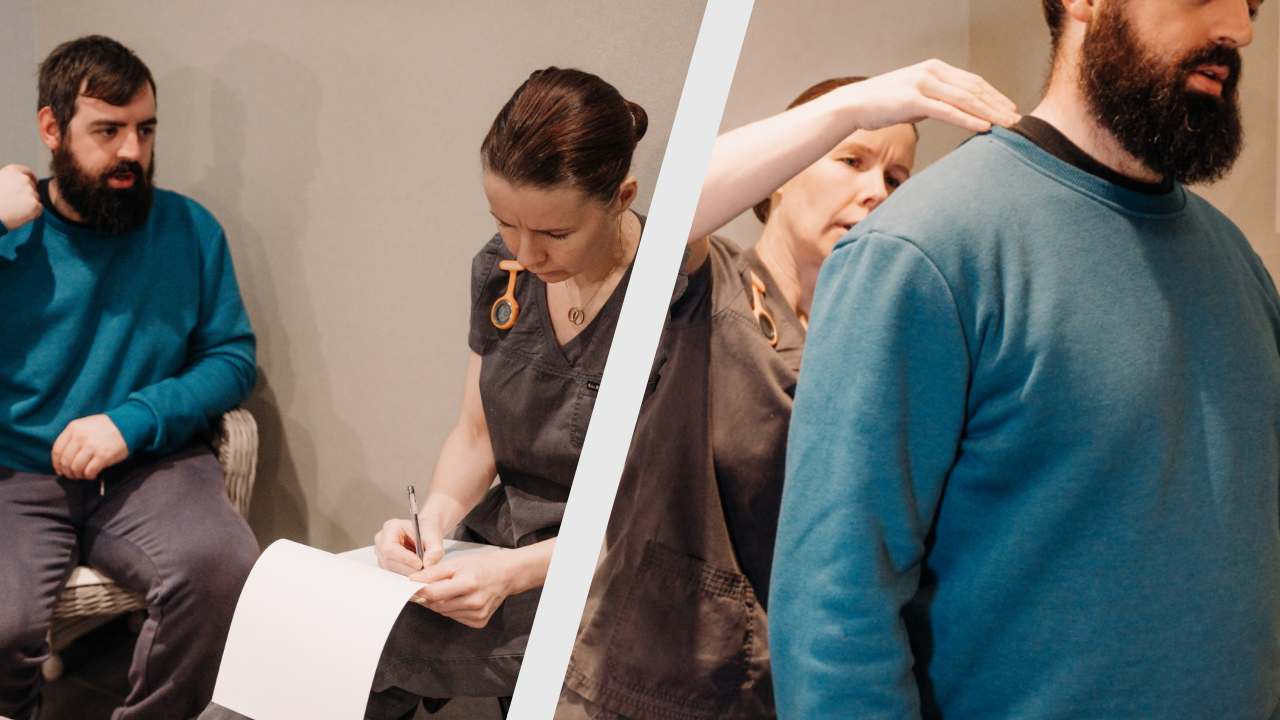Sports Massage is designed to give targeted massage to accommodate an individuals requirements; whether it’s to aid sporting recovery, improve your performance, or to reduce muscular pain from overuse, or conditions such as fibromyalgia.
An acomplished Sports Massage Therapist, Fredericka has over 15 years experience, a passion for biology and for helping people move more freely. She passed her ITEC Level 4 Diploma in Sports Massage with Distinction. Fredericka is also trained in Kinesiology Taping, which protects muscles, reduces pain and quickens healing.
The Treatment involves deep pressure massage techniques to break down scar tissues and adhesions, combined with stretching. It works on all soft tissues - muscles, tendons, ligaments and fascia.
Including Sports Massage as part of your routine can help to prevent injury, help with rehabilitation and help you to prepare and recover post a sporting event.
Benefits of Sports Massage include improved suppleness and flexibility, prevention of injury by keeping the tissues in a good condition, reduced pain and increased function in chronically injured or fatigued muscles, and improvement of blood supply to tissues.
Sports Massage FAQs
Why have a Sports Massage?
Sports massage is designed to be a more personalised massage to your specific needs. This may be to maintain peak muscular function, aid exercise recovery or to treat pain and discomfort from general everyday activities.
Can I have a Sports Massage if I don't do any sport?
Yes! Everyday life, repetitive work tasks, such as heavy manual work or postural related conditions from office based work, can all lead to muscular imbalance and pain. Sports Massage encompasses techniques that can be tailored to help restore ease and function.
What will the Initial Consultation involve?
Your initial treatment will always start with a consultation to discuss your needs and relevant health issues. This is to make sure that your goals for treatment are fully discussed, and we’ve gathered information about anything that may be affecting your sporting abilities, or day-to-day life function. The rest of the treatment is hands on. Honesty is key, so don't hold anything back and you'll reap the benefits.
What should I wear?
Ideally a loose pair of running shorts and a vest to allow for postural assessment. For treatment on the massage couch, underwear is worn (ideally strechy). You’ll be covered with a towel, with only the one body part that is being treated uncovered.
Will it hurt?
Good massage should always be delivered to a level that is beneficial to the client. Too much pressure and your muscles will tighten up to protect themselves; too little and the therapeutic benefits will be lost. Everyone has a different pain level threshold, so your sports massage will be performed within your individual tolerances. Do be open with your therapist about this to gain the most benefit.
You may experience some discomfort for a while afterwards, but this should feel similar to having had a good workout.
Will I need consent from my GP?
As part of your initial consultation, local or general contra-indications will be identified.
A contra-indication can be local, i.e. a sprain or bruise. Until this heals, the area will be avoided, but treatment can proceed on other parts of the body.
A general contra-indication could be high blood pressure, or suffering from the flu. In these cases, medical consent would be needed, or waiting until your body has safely recovered from a virus.
It may be necessary in some cases to have consent from your GP or health practitioner that it’s ok to proceed with your Sports Massage treatment. Your therapist will discuss this with you during your consultation. If you have any concerns, they can always be raised with your therapist before your treatment.





